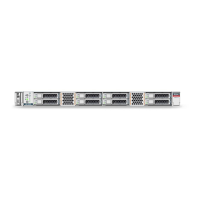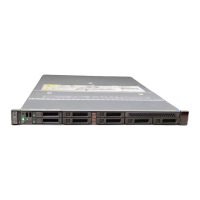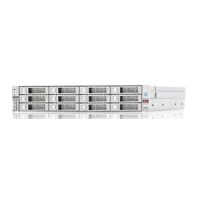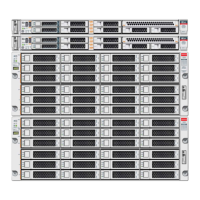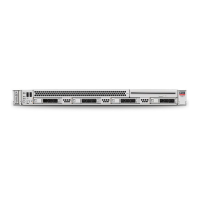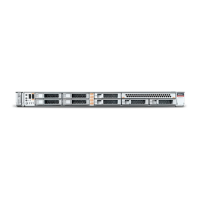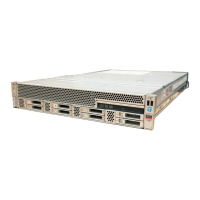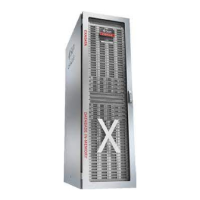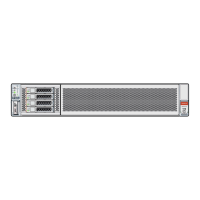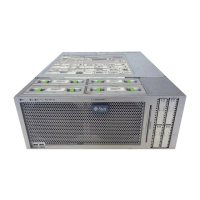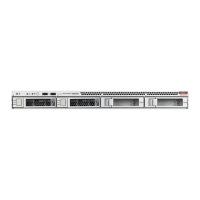Install the Battery
a.
Install the server top cover.
See “Install the Server Top Cover” on page 210.
b.
Return the server to the normal rack position.
See “Return the Server to the Normal Rack Position” on page 212.
c.
Reconnect the power cords to the server power supplies and reconnect the
data cables.
See “Reconnect Data Cables and Power Cords” on page 214.
d.
Power on the server.
See “Power On the Server” on page 214.
Verify that the System OK status indicator is steady on.
Note - If the service processor is configured to synchronize with a network time server using
the Network Time Protocol (NTP), the Oracle ILOM clock will be reset as soon as the server is
powered on and connected to the network; otherwise, proceed to the next step.
4.
If the service processor is not configured to use NTP, do one of the following:
■
Reset the Oracle ILOM clock using the Oracle ILOM CLI or the web interface.
Refer to the Oracle Integrated Lights Out Manager (ILOM) 4.0 Documentation Library at
http://www.oracle.com/goto/ilom/docs.
■
Use the BIOS Setup Utility to reprogram the host clock.
Refer to the Oracle X7 Series Servers Administration Guide at http://www.oracle.com/
goto/x86admindiag/docs.
Servicing the Battery (CRU) 135
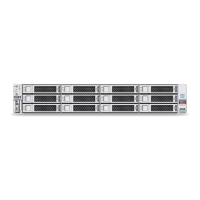
